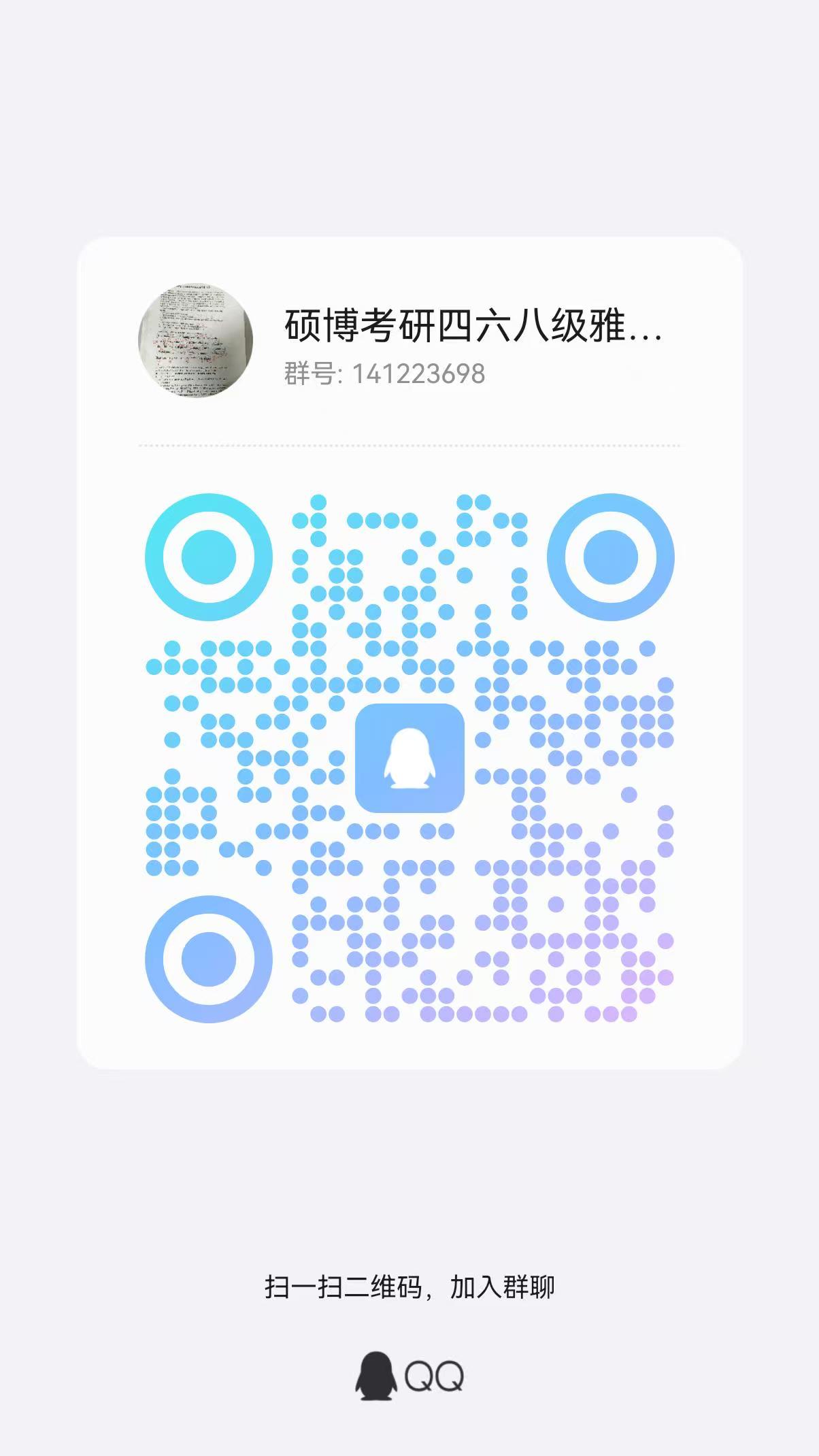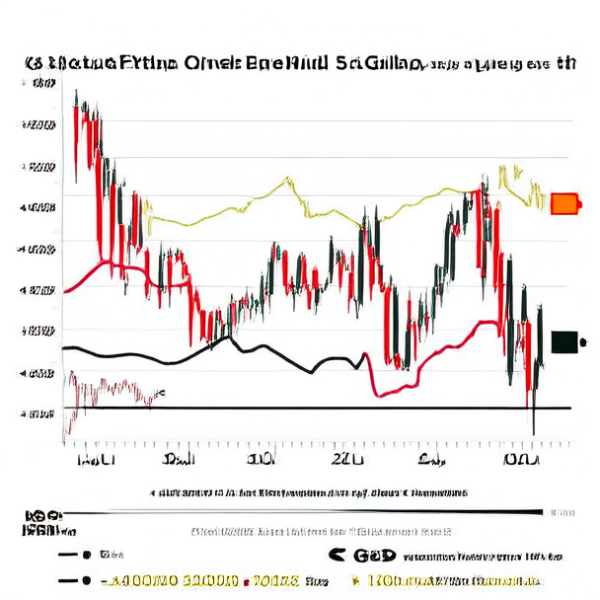🗣 SL提问: 经典ai人工智能
✍️ Ai批改: Classic AI typically refers to the early days of Artificial Intelligence (AI) research, which dates back to the mid-20th century、Here's an overview:
Early Years (1950s-1970s)
The term Artificial Intelligence was coined in 1956 by John McCarthy, a computer scientist and cognitive scientist、During this period, researchers focused on creating intelligent machines that could reason, learn, and problem-solve like humans.
Some notable achievements from this era include:
1、Turing Test (1950): Alan Turing proposed a test to determine a machine's ability to exhibit intelligent behavior equivalent to, or indistinguishable from, that of a human、The test involves a human evaluator engaging in natural language conversations with both a human and a machine, without knowing which is which.
2、Rule-Based Systems (1950s-1960s): Researchers developed rule-based systems, which used pre-defined rules to reason and make decisions、These systems were used in areas like expert systems, decision support systems, and natural language processing.
3、Perceptrons (1950s-1960s): The Perceptron, a type of feedforward neural network, was introduced by Frank Rosenblatt、Although it had limitations, it laid the foundation for modern neural networks.
AI Winter (1980s-1990s)
The field of AI experienced a decline in funding and interest in the 1980s and 1990s, often referred to as the AI winter、This was due to:
1、Overpromising and underdelivering: Many early AI projects failed to deliver on their promises, leading to a loss of credibility and funding.
2、Limitations of symbolic AI: The rule-based systems and expert systems of the time were unable to scale and tackle complex problems.
Resurgence (2000s-present)
The field of AI experienced a resurgence in the 21st century, driven by:
1、Advances in machine learning: The development of machine learning algorithms, such as support vector machines, decision trees, and neural networks, enabled AI systems to learn from data.
2、Big Data and computing power: The availability of large datasets and increased computing power allowed for the training of complex models.
3、Deep learning: The development of deep learning techniques, such as convolutional neural networks (CNNs) and recurrent neural networks (RNNs), enabled AI systems to achieve state-of-the-art performance in various tasks.
Some notable examples of classic AI applications include:
1、ELIZA (1966): A natural language processing (NLP) program that could simulate a conversation with a human.
2、Deep Blue (1997): A chess-playing computer that defeated the world champion, Garry Kasparov.
3、MYCIN (1976): An expert system that could diagnose and treat bacterial infections.
These early achievements laid the foundation for the AI systems we see today, which are being applied in various domains, including:
1、Virtual assistants: Siri, Alexa, and Google Assistant.
2、Image recognition: Self-driving cars, facial recognition systems, and image classification.
3、Natural Language Processing: Language translation, sentiment analysis, and text summarization.
The field of AI continues to evolve, with ongoing research in areas like explainability, transparency, and ethics.
0
IP地址: 124.0.139.185
搜索次数: 218
提问时间: 2025-04-21 00:23:51
❓️ 热门提问:
黄金是在哪里来的
ai软件生成照片
外汇管理条例规定的外汇不包括
20年黄金价格多少一克
古法金手镯30克实心多少钱
集合竞价的价格就是开盘价吗
10黄金价格走势图
万家港股通精选混合A
外汇天眼网
风范股份
豌豆Ai站群搜索引擎系统
🤝 关于我们:
三乐Ai
作文批改
英语分析
在线翻译
拍照识图
Ai提问
英语培训
本站流量
联系我们

📢 温馨提示:本站所有问答由Ai自动创作,内容仅供参考,若有误差请用“联系”里面信息通知我们人工修改或删除。
👉 技术支持:本站由豌豆Ai提供技术支持,使用的最新版:《豌豆Ai站群搜索引擎系统 V.25.05.20》搭建本站。
















